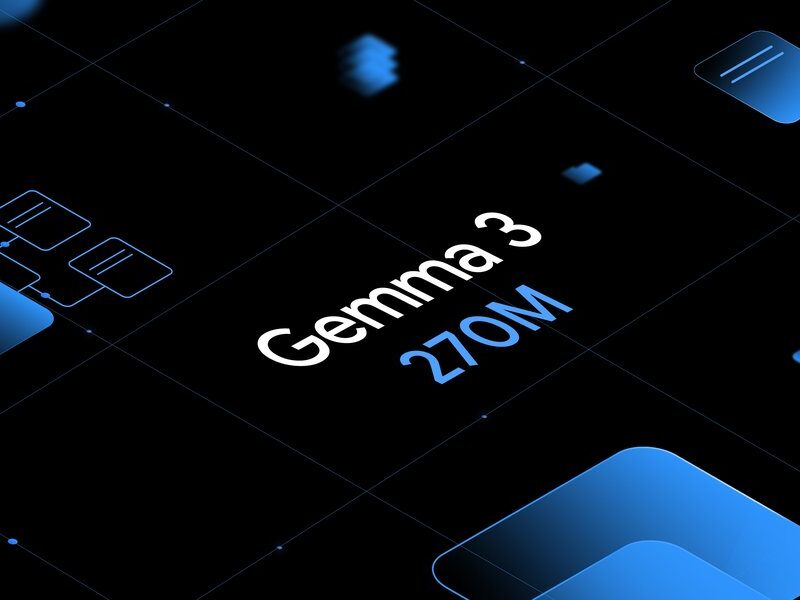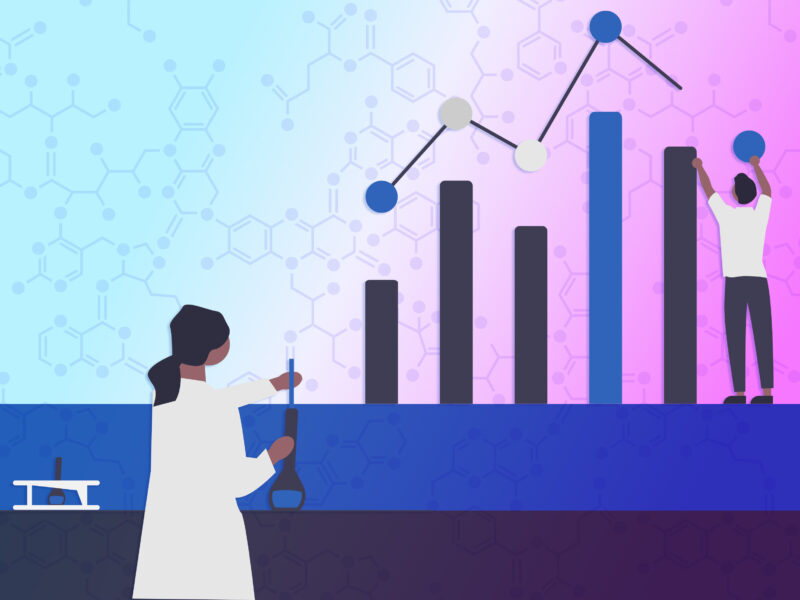The AI security arms race is in full swing. As cyber threats grow more sophisticated, organizations are reimagining defense strategies—with artificial intelligence taking center stage. Here’s a look at some of the most impactful trends you should watch in AI-powered cybersecurity defense.
1. AI-Powered Threat Detection and Automated Response
Gone are the days of siloed security appliances and slow, manual interventions. Modern cybersecurity relies on deep learning models that analyze the behavior of users, devices, and networks for anomalies in real time. These systems lower false positives and respond instantly to suspicious activity—enabling security teams to move from reactive firefighting to proactive protection.
2. The Rise of Automated SOC Operations
Security Operations Centers (SOCs) are experiencing a revolution: with agentic AI taking over routine monitoring, triage, and incident response. Mundane alerts and repetitive investigations are handed off to automated agents, freeing up human analysts for strategic work. The result? Faster mitigation and significantly more efficient resource allocation—even during high-volume attack bursts.
3. Adaptive, Context-Aware Defenses
Static rules and generic access controls are no longer enough. Today’s leading defense systems use AI to analyze real-time context—like user identity, device health, location, and recent activity—before approving access or responding to incidents. This is dramatically strengthening Zero Trust models, helping prevent privilege abuse and lateral movement in ways that conventional solutions can’t.
4. Predictive Intelligence for Next-Gen Security
Why wait for an attack when you can predict it? AI tools are now scanning global threat data to not only spot vulnerabilities but actually anticipate future tactics and attack paths. These predictive systems inform security architects about emerging risks, allowing them to reinforce defenses before threat actors even strike.
5. Spotting AI-Generated Attacks
Phishing emails, spoofed voice calls, deepfake videos—these are the new weapons of social engineering. Security teams now deploy AI-driven solutions specifically designed to identify and intercept synthetic content in multiple formats. Multi-modal verification has become standard, turning the tide against advanced fraud and impersonation attempts.
6. Zero Trust Gets Smarter
Zero Trust is not just about denying access—it’s about continuous, intelligent validation. AI is supercharging Zero Trust policies, creating dynamic access management that adapts to real-world behavior and context. This means suspicious actions are flagged in milliseconds, and trusted access is continuously reassessed rather than granted perpetually.
7. Securing LLMs With Source Traceability
Generative AI adds another layer of risk—hallucination, prompt injection, and unauthorized output. Innovations like RAG-Verification (Retrieval-Augmented Generation) are stepping in, providing source traceability and safeguards for AI-generated content. This ensures that high-stakes decisions made by or with LLMs are backed by verifiable data.
Here are the top AI focused cybersecurity tools and platforms for defense in 2025:
- AccuKnox AI CoPilot
Specializes in cloud-native and Kubernetes security, leveraging eBPF runtime visibility and generative AI for automated policy generation, compliance, and zero-trust enforcement. - SentinelOne Singularity XDR
Delivers AI-driven threat detection, real-time behavioral analysis, and automated response for endpoints, networks, and cloud workloads—helping reduce alert fatigue and scale SOC operations. - CrowdStrike Falcon Cloud Security
Provides advanced AI threat protection for both endpoints and cloud environments, known for real-time detection, rapid deployment, and seamless integration. - Torq HyperSOC
An agentic, AI-powered SOC automation platform that features AI agents for enrichment, user verification, and remediation, driving hyperautomation at enterprise scale. - Microsoft Security Copilot
Integrates genAI and Microsoft’s security solutions to automate incident response, investigations, and network monitoring with natural language-driven workflows. - Fortinet FortiAI
ML-powered threat analysis for traffic, endpoint, and logs, delivers inline remediation, sandbox integration, and policy-triggered user controls. - Deep Instinct
Uses deep learning for advanced malware and ransomware prevention, focusing on zero-day threat detection and endpoint protection. - Radiant Security SOC Automation
Fully autonomous SOC automation with playbook-free alert triage, investigation, remediation, and continuous learning for adaptive security. - Zscaler Cloud Security
Cloud-delivered, AI-powered secure web gateway and zero-trust network access; offers CASB, ZTNA, SWG, and SaaS protection for distributed environments.
These platforms represent the forefront of leveraging AI for detection, prevention, response, SOC automation, cloud workload defense, and Zero Trust security in 2025.
The bottom line? The future of cybersecurity is fast-moving, automated, and context-driven. As attack surfaces widen (especially around AI), defense strategies must evolve to keep pace. Integrating these AI-driven tools and techniques isn’t just an upgrade—it’s an essential shield for today’s digital enterprise.
Feel free to follow us on Twitter and don’t forget to join our 100k+ ML SubReddit and Subscribe to our Newsletter.

